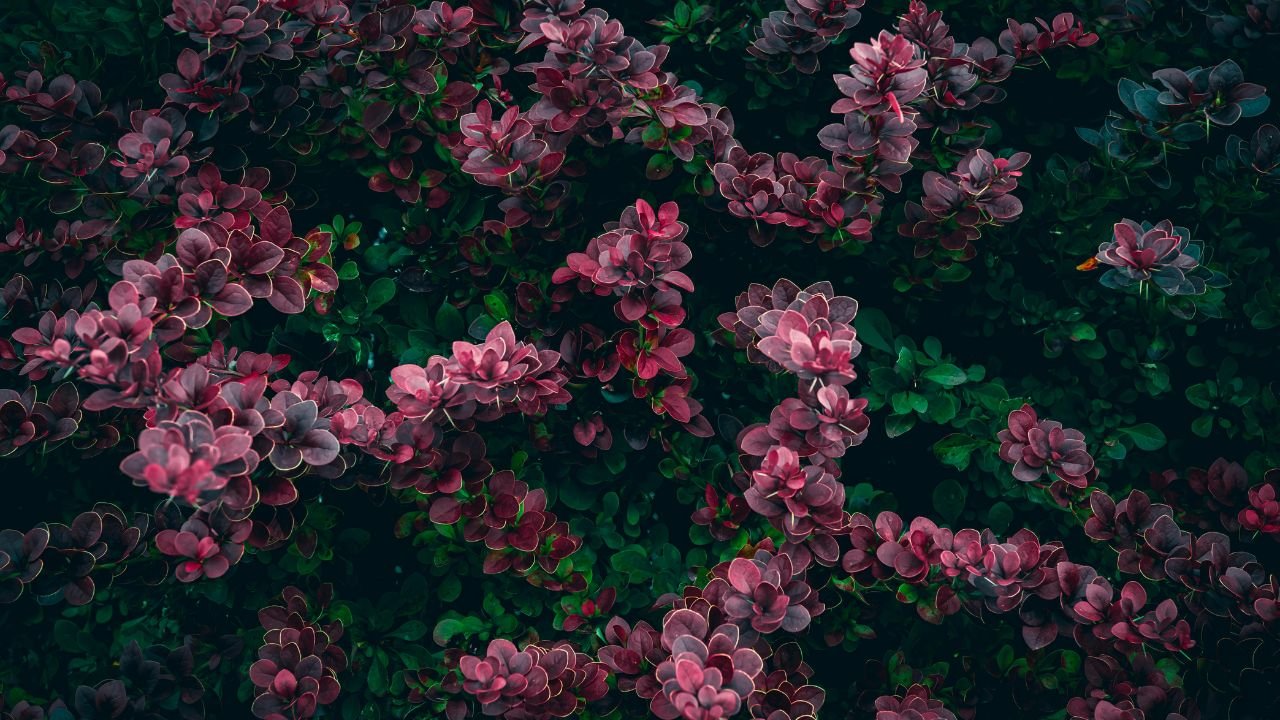Barberis Vulgaris, or Barberry, is a small, ovoid orange-red berry; similar in appearance to the Goji berry. It is the fruit of a short and stout perennial shrub. This little berry has proven itself to be quite versatile indeed. It is enjoyed by medicine makers, artisans, and chefs alike.
Barberry has been used as a medicinal herb by many cultures throughout history. In ancient Egypt, Barberry and fennel seed syrup were taken to protect against the plague. In Medieval Europe, barberry-based medicines were taken as antiseptics, purgatives, and tonics. The first North Americans prepared medicines from the root bark of the plant, which was said to restore the body from general weakness and improve the appetite.
Laboratory studies have shown that one of Barberry’s main constituents, berberine, is reported to be astringent, anesthetic, antibacterial, and anticonvulsant. Crushed barberries in a little water can soothe a sore throat. It has sedative and uterine stimulant properties as well. The use of barberry is generally considered safe, although pregnant women should take caution because of the uterine stimulant properties.
The root of the Barberry bush is used for making yellow dye. The roots are best harvested in late summer, or early fall. Fresh or dried, the roots produce a beautiful deep yellow hue for wool, linen, and cotton. No mordant is required, and the color fastness will be fair to good.
Barberry is easily cultivated in fertile, moist, well-drained soil. It is zone four hardy, so it can be grown in cooler climates. It prefers full sun but will tolerate partial shade. Barberry bushes can be propagated by seeds sown in greenhouses or cold frames. Seeds must be planted in the fall, and they will germinate the following spring. Plants can also be propagated through cuttings, taken from the rooted suckers, which can be separated. The bushes can easily become overgrown, so it’s best to prune and thin branches after the bush has flowered. To rejuvenate a neglected bush, prune it in the wintertime, cutting it down to about a foot from the ground. During the dry summer months, water frequently and give the bush plenty of organic fertilizers, such as compost tea and red worm casings. In areas where the winters are particularly harsh, barberries may need to be sheltered from the winds, to keep them from dying back.
Barberry jams and preserves are a safe and delicious way to enjoy this fruit. Barberry’s flavor is similar to cranberry, with a bit more citrus. For a fruit spread that is both delicate and tart, Barberries can be combined with Rosehips, or they can be used in combination with other red berries. They can also be used in stews and chutneys. Candied berries also make a unique pastry decoration.
References:
- 1. Kowalchik, Claire and Hylton, William H, Editors. Rodale’s Illustrated Encyclopedia of Herbs. Rodale Press. Emmaus, Pennsylvania, 1987.
- 2. Bremness, Lesley. Dorling Kinderley Handbook: Herbs. Dorling Kindersley. New York, 1994.
We are a team of professional writers and healthcare professionals helping people with fact-based and informational content for the past many years. Our vision is to cretea a helpful community that helps everyone in living a healthy lifestyle.



Recent Posts